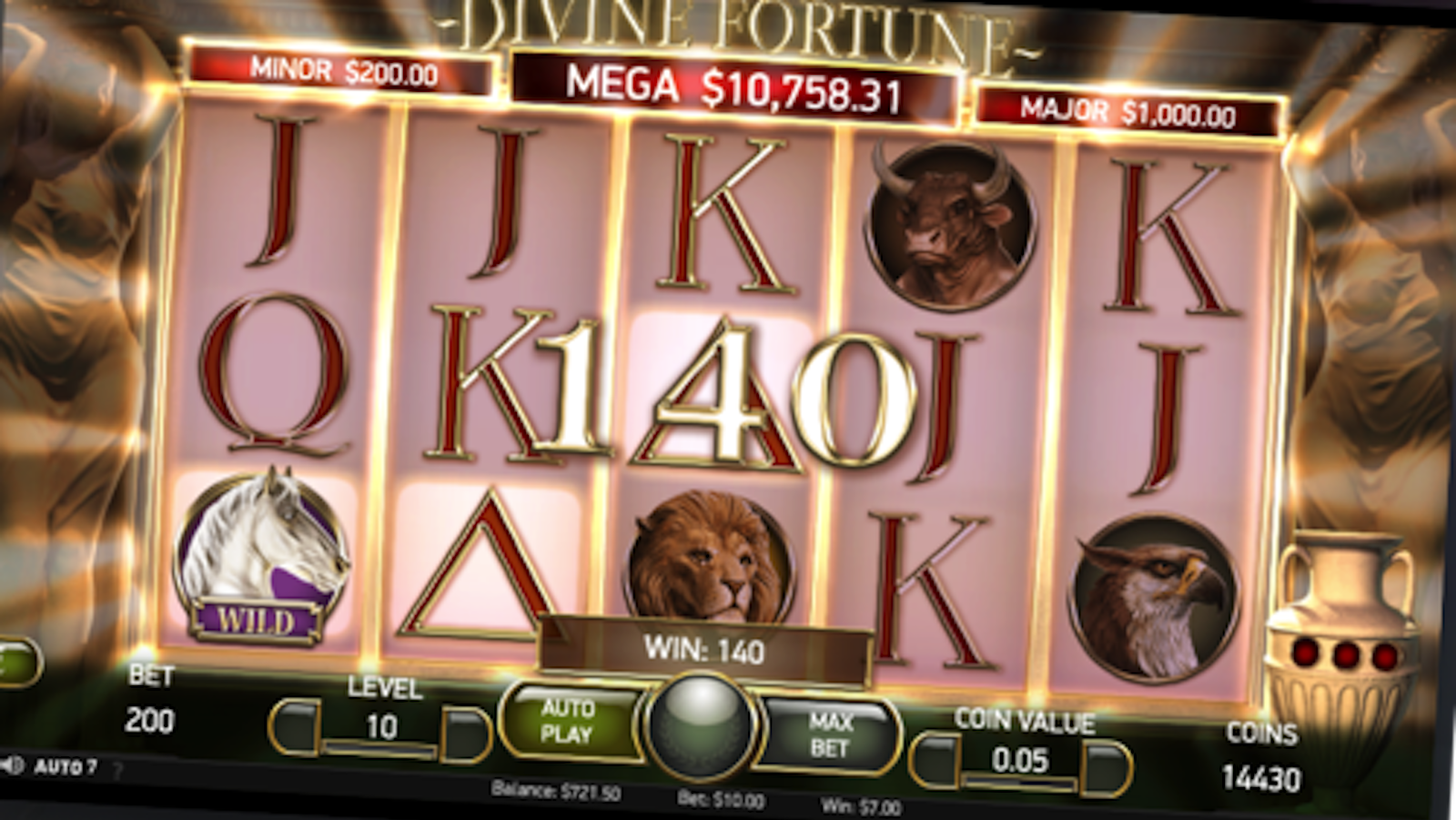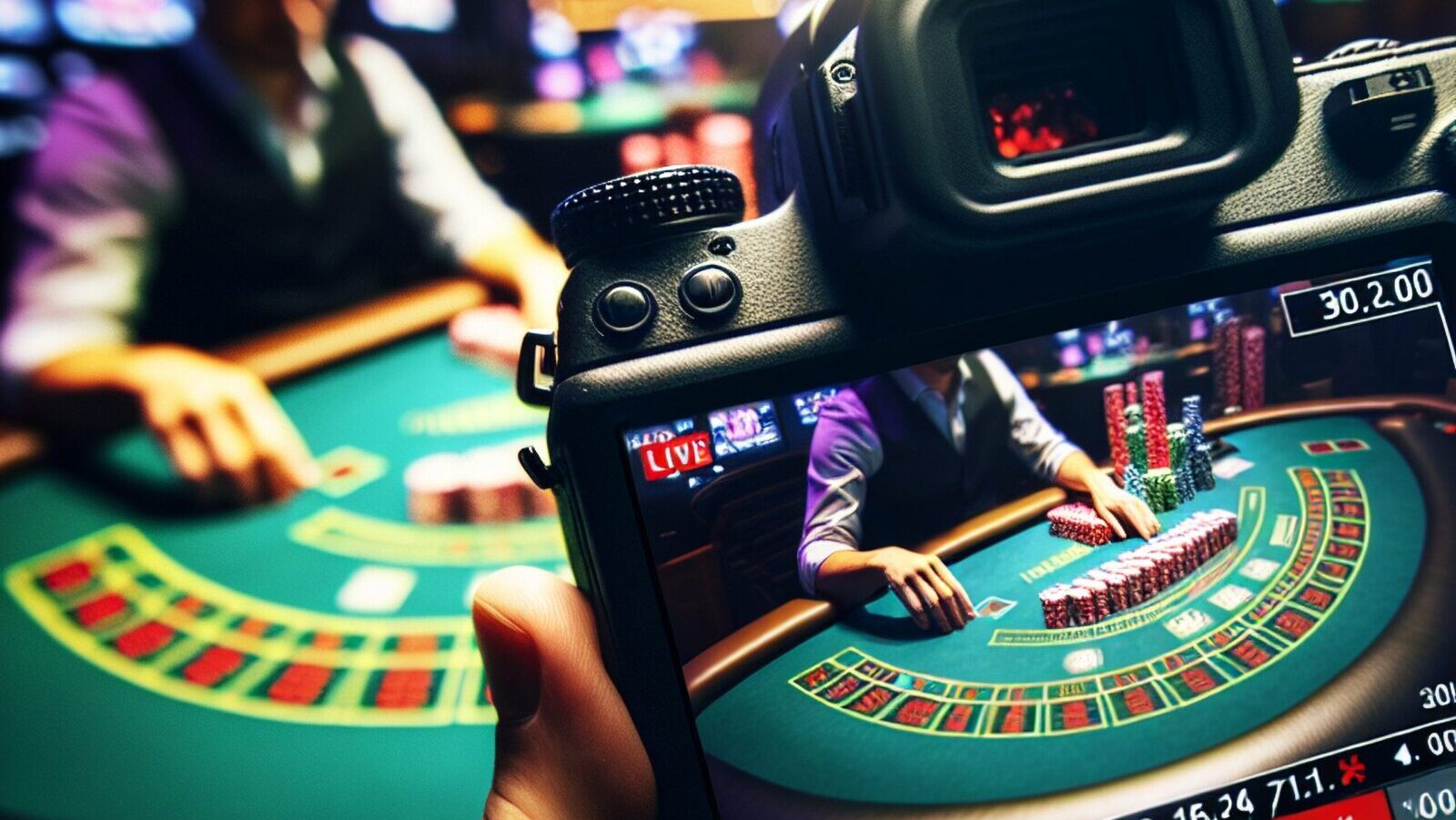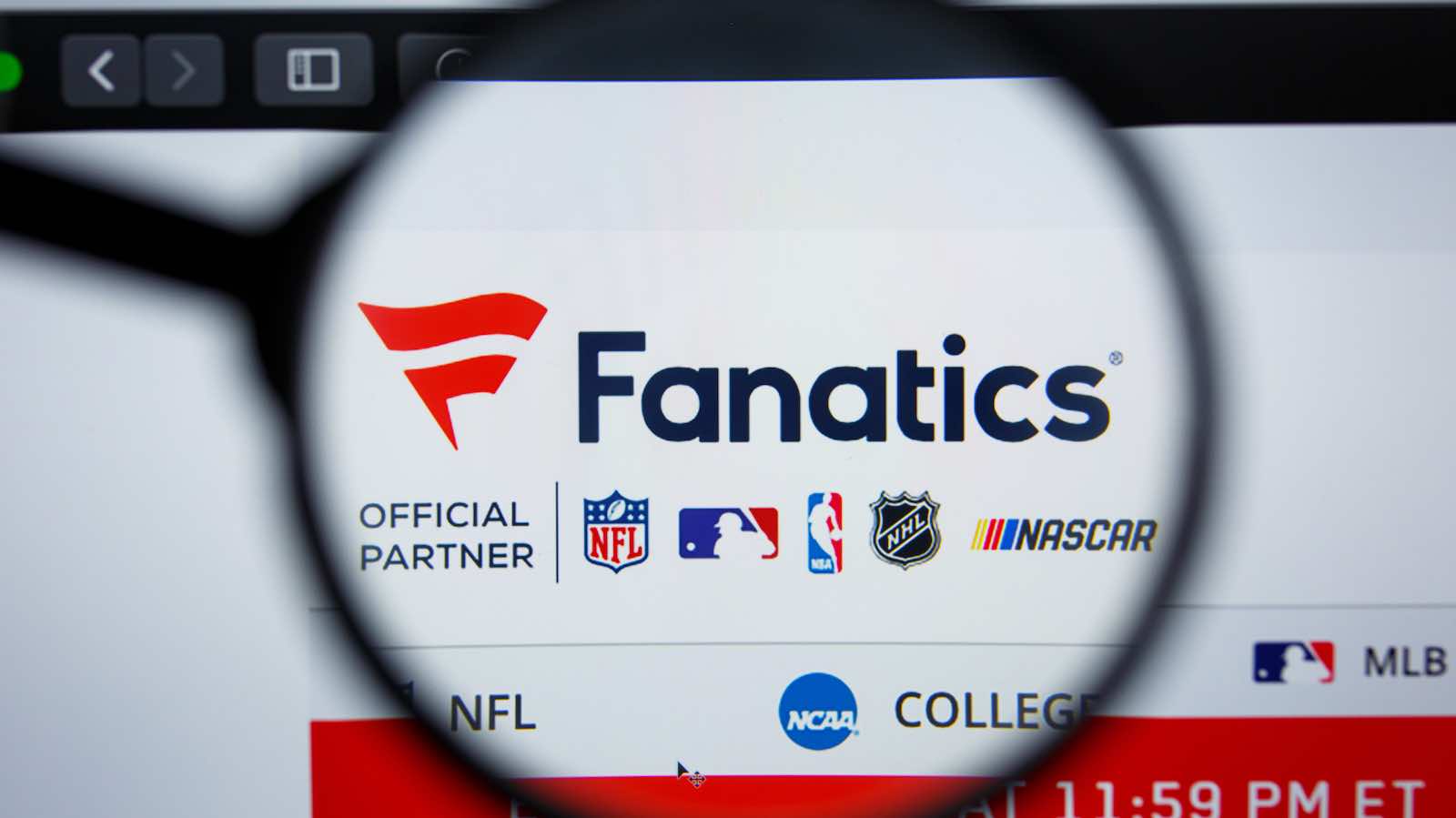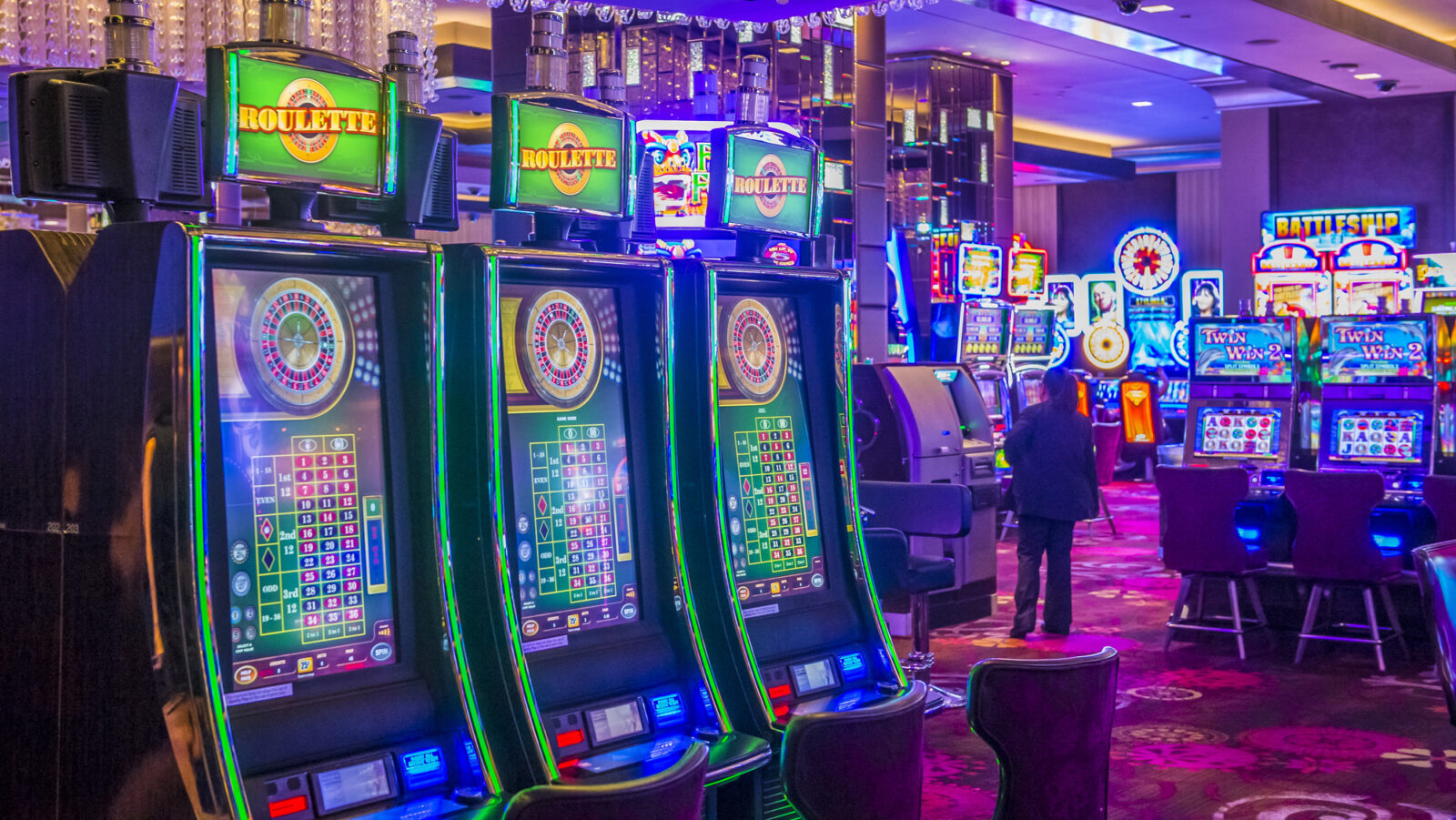Hyper-Engaging Design Features In Online Slots Raise New Responsible Gambling Questions
Anyone who’s doom-scrolled through a social media platform has experienced the same types of features designed to hyper-engage.
4 min

At a glance, online slot machines appear to be similar to their retail counterparts. They offer, for the most part, the same games, with similar return-to-player percentages. But context and overall experience matter, too.
A designer can shape a casino floor in such a way as to encourage customers to gamble. Customers’ living rooms or subway cars lack those same flourishes. So the iGaming apps look for other ways to achieve the same ends.
The enticement methods the apps use are familiar. Anyone who’s doom-scrolled through a social media platform has experienced the same types of features designed to hyper-engage.
And the app design tools that make that level of engagement in online slots play possible raise questions that invite serious conversations.
Fetching features
Online slots design includes many of the same game features that retail slots use. Arrow International Game Developer Peter Downie listed three standard features:
- Free games
- Pick features
- Hold and spin
Free games are free spins, which keep people playing longer.
Pick features are when bettors choose from a set of objects and hope for certain symbols to appear. The pick features offer opportunities for “near misses.” Near misses are when part of a jackpot or extra spin symbol is one space away and just visible above or below the previous spin. That feeling of “almost” keeps players spinning, too.
Hold and spins are a combination of the previous two. Players begin with a certain number of spins. Then if bettors reveal a special symbol, the number of spins will reset. Hold and spins are opportunities to make players feel like they can not only play for a long time, but also play long enough to win.
That sense of hope is crucial for player retention.
Do the math
Gamblers play slots for more than just the money. They enjoy the emotional rollercoaster ride of wins, losses, and near misses. However, if players feel that they have no chance of winning, then they won’t return. That retention challenge is why Downie considers a slot machine’s math its most important retention tool.
“The key thing that keeps the players coming back is the math,” Downie said. “And nobody knows before a game goes out, ‘Oh yeah, this is brilliant math. This’ll do really well.’ Nobody’s got the secret sauce.”
There isn’t one payout ratio making players loyal to their favorite slots game. Payouts must not only be profitable for operators; customers must also perceive payouts as fair and possibly profitable on top of the number of free spins or play length each deposit earns.
“Some people will really like an underperforming game, but that person may well have tasted a big win from that game and that one experience could keep them coming back, just because they know that big win is there,” Downie said.
Pain, reward, and habit
Game design is one thing, but app design raises new questions that go deeper than slot mechanics.
In 2014, Nir Eyal published Hooked, a book about creating habit-forming products. His framework calls for identifying a customer’s pain they hope to relieve with a product. Then, product designers figure out how to bring customers to their product and take “the simplest action” in “anticipation of reward.”
Eyal specifies that products should use variable rewards. He offers Facebook as an example:
“Logging in reveals an endless stream of content friends have shared, comments from others, and running tallies of how many people have ‘liked’ something. The uncertainty of what users will find each time they visit the site creates the intrigue needed to pull them back again.”
By using variable rewards, a customer gets a reason to continue returning to the site. Investment, Eyal’s final step, has customers contribute to give them more reasons to return. Progress bars that reward daily logins are classic examples of investment techniques.
Hyper-engaging app design in action
Eyal uses the Bible app as an example of the Hooked framework.
The Bible app creates bite-sized reading plans to make it easier to read the Bible than going from cover to cover. Daily push notifications encourage daily logins. Putting the interesting passages at the beginning of reading plans and offering new verses each day create variable rewards. Finally, “Every annotation, bookmark, and highlight stores data (and value) in the app, further committing users.”
Today, Eyal’s framework is standard app design. And that type of design may be fine for reading apps or mobile games, but social media apps have come under fire for being detrimentally distracting to children and teens by using hyper-engaging design elements. So how should we feel about gambling apps using hyper-engaging design features?
“As a society we have to decide on what our average policy is on that,” Concordia University Assistant Professor of Psychology Mike Robinson said. “Is any kind of design aspect that increases engagement unnecessarily, should that be banned? Doomscrolling is not necessarily that different than having someone sitting on a slot machine for hours except there’s just not the exchange of money.”
Known unknowns and future iGaming research
As iGaming continues growing, research will need to uncover how app design overlaps with responsible gambling obligations.
“How those design features cause engagement and to what degree they actually cause brain changes — because there’s a lot of evidence that spending time on any app such as social media does cause brain changes in younger adults and the same is true for any kind of gaming app,” Robinson said. “Research literature shows that repeatedly spending a lot of time on games and slot machines and casinos rewires your reward system in the same way that drugs do.”
James Whelan, founding director of the Gambling Clinic, has ideas for further study.
“We do not know if [online gambling] is causing more people to have problems or if it’s just causing people to warn that the sky is falling,” Whelan said.
Whelan pointed out that the problem gambling helplines are “funded better and they’ve been advertised better.” Separating the impacts of problem gambling and marketing is crucial to writing sound responsible gambling policies. Attacking the wrong problem means the real one will remain unaddressed. It’s why Whelan’s second “big unknown” is “how … we encourage operators and regulators to cooperatively take steps to reduce harms or prevent them.”
Discovering the right policies to address concerns about addictive app design will begin with customers. Operators, regulators, and customers must begin thinking about how much attention gambling apps should compete for compared to other apps.
Social media companies are already having this conversation in front of hostile congressional committees. Gambling companies have a chance to get out ahead on this difficult conversation. Whether the industry uses that chance remains to be seen.





